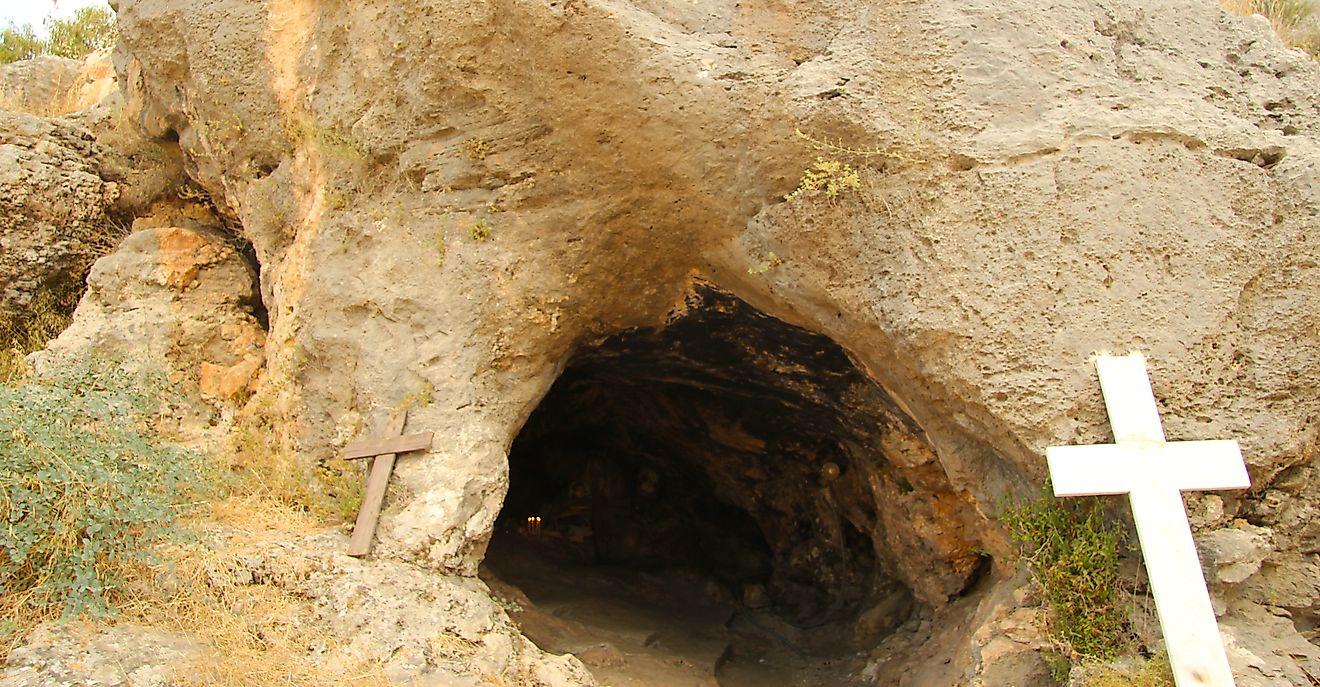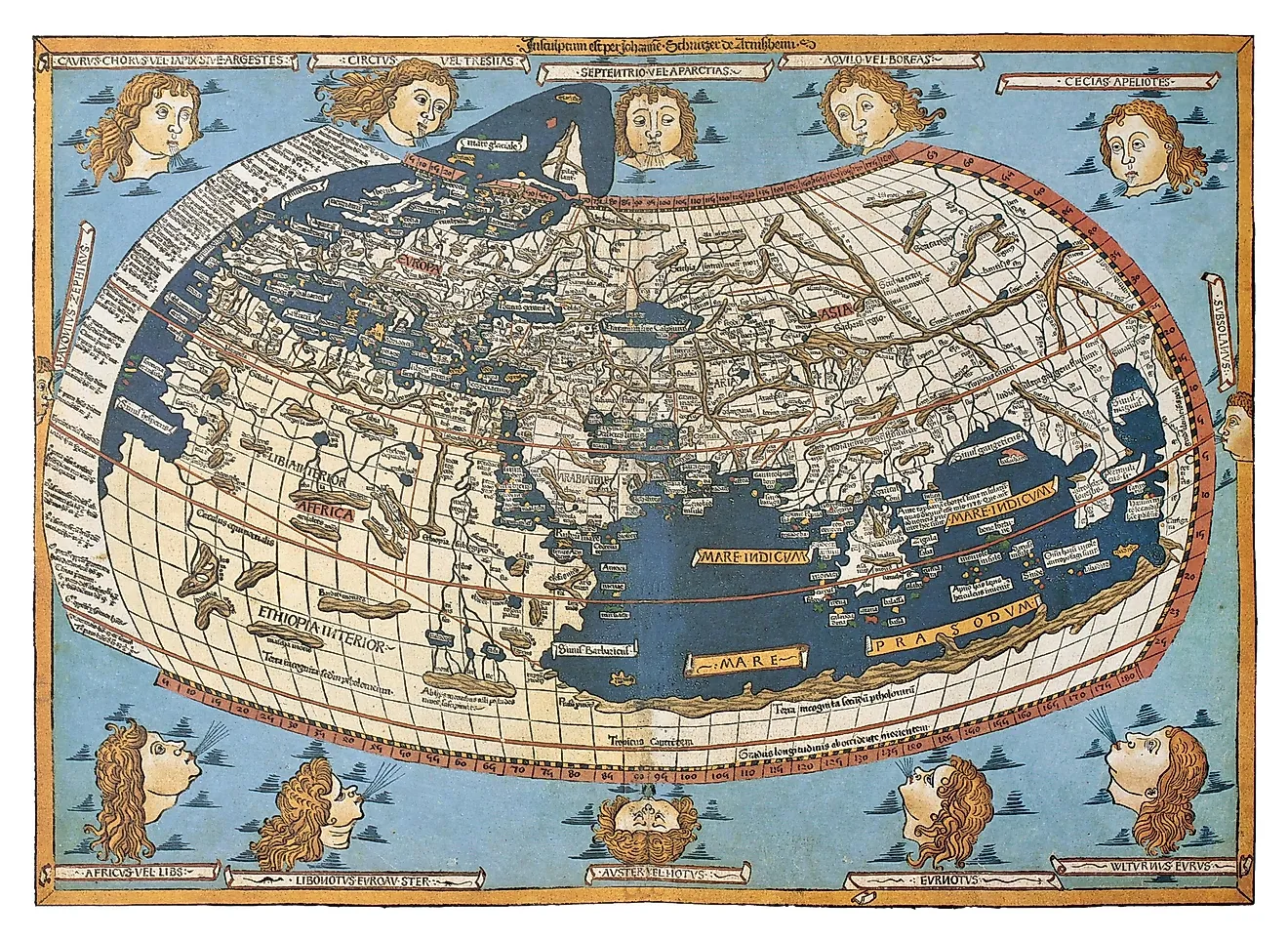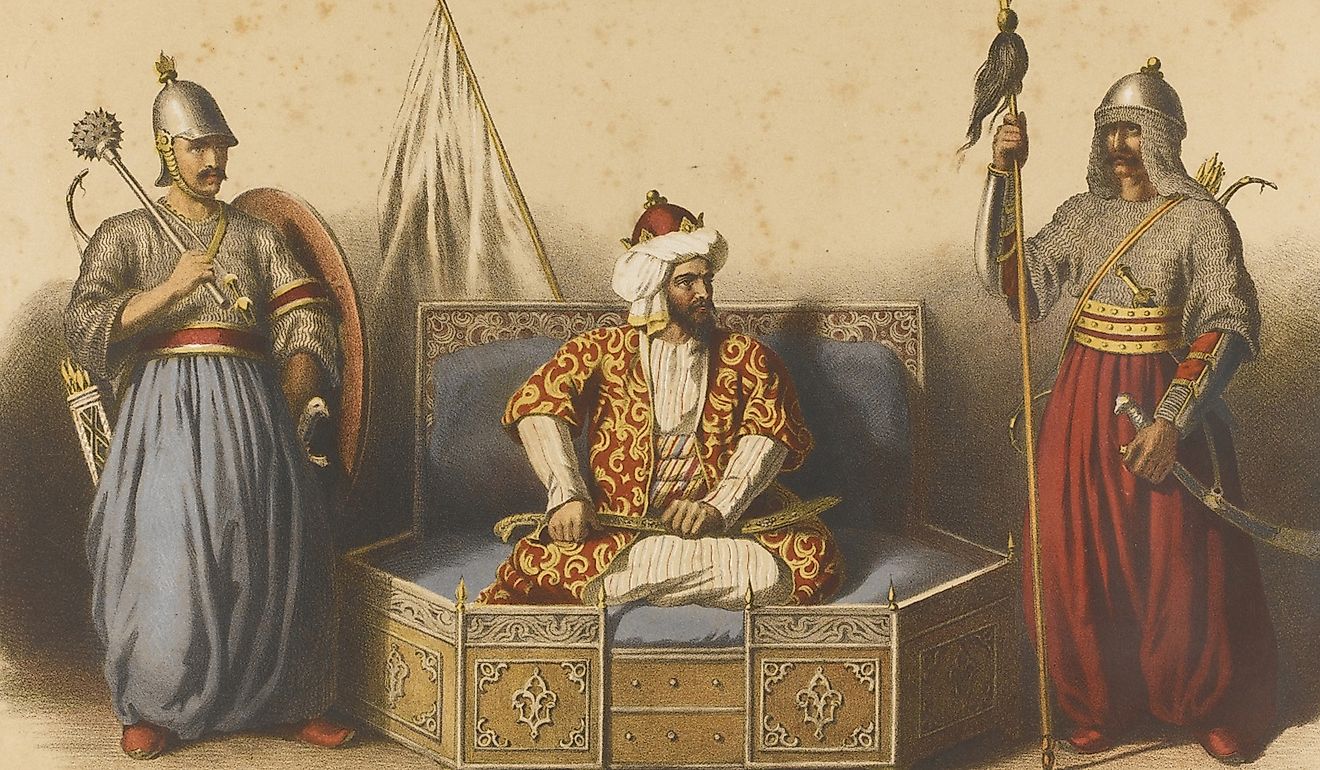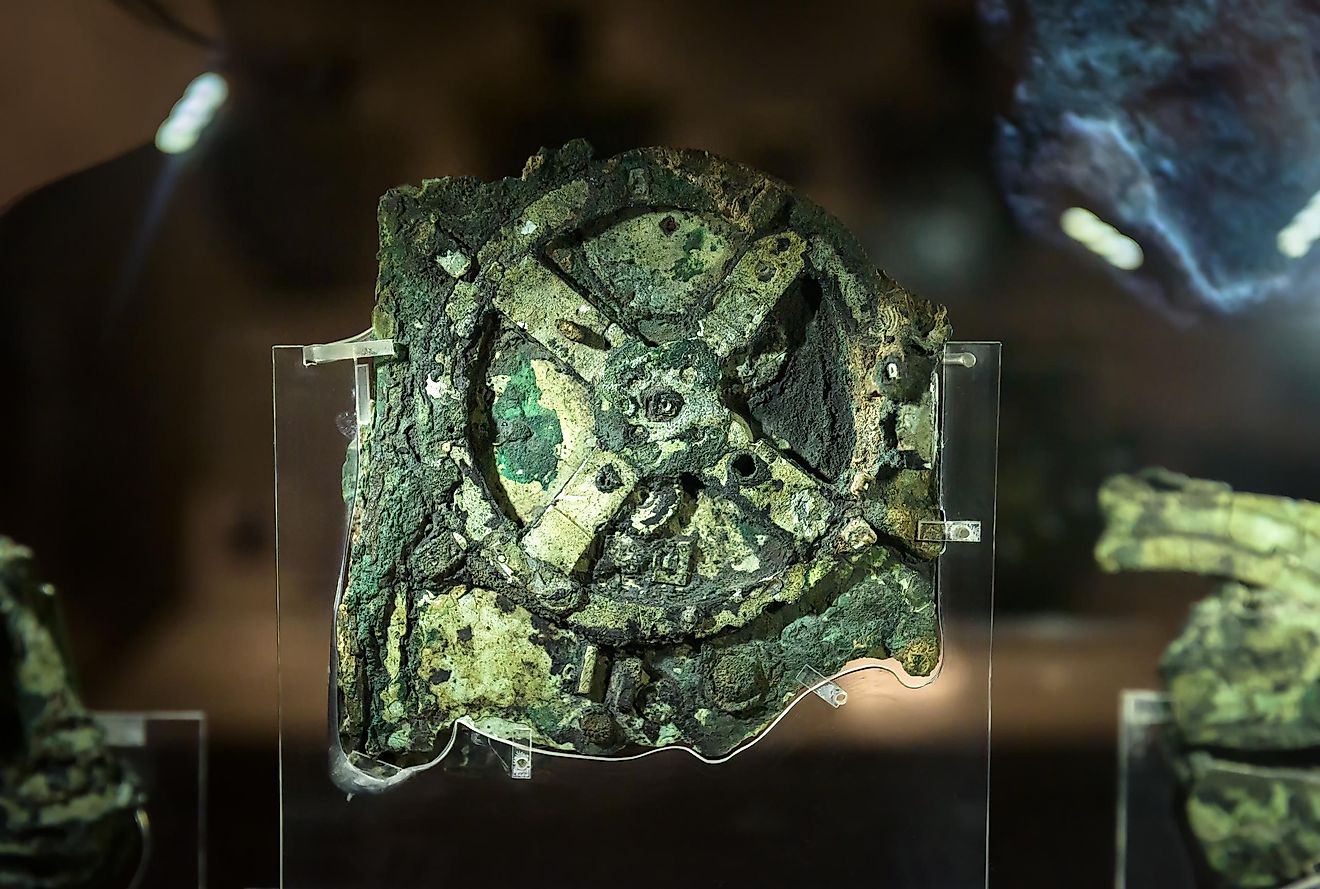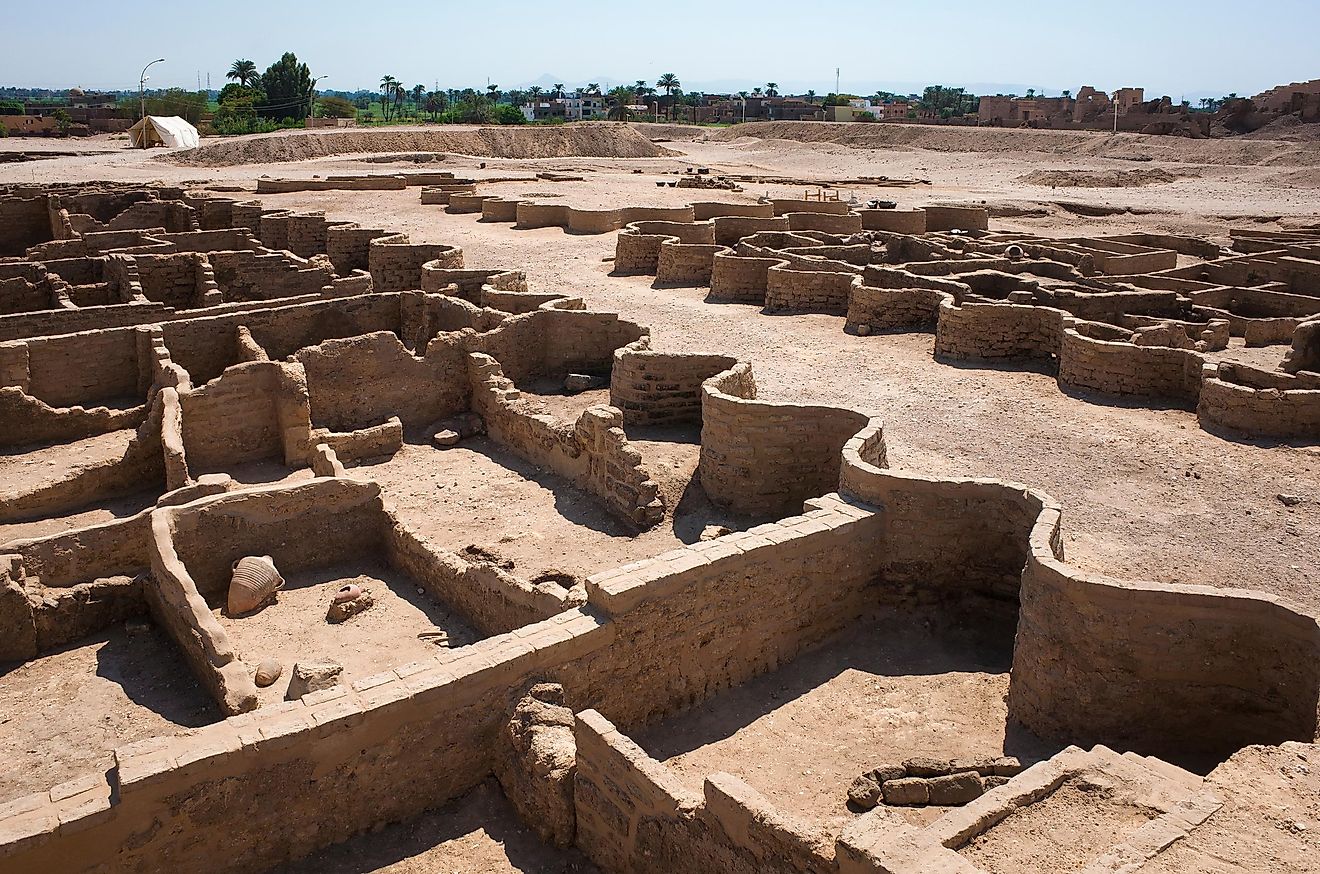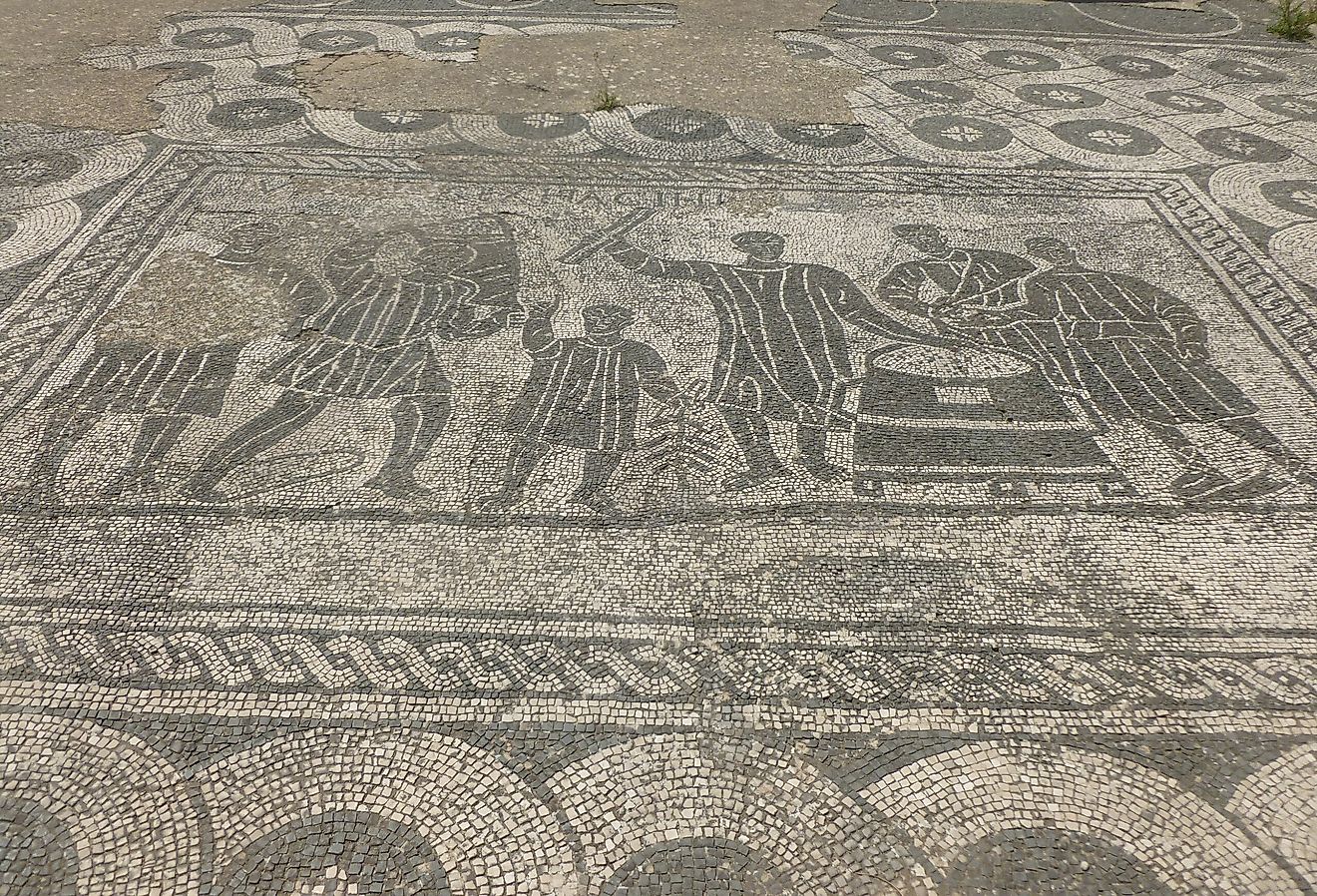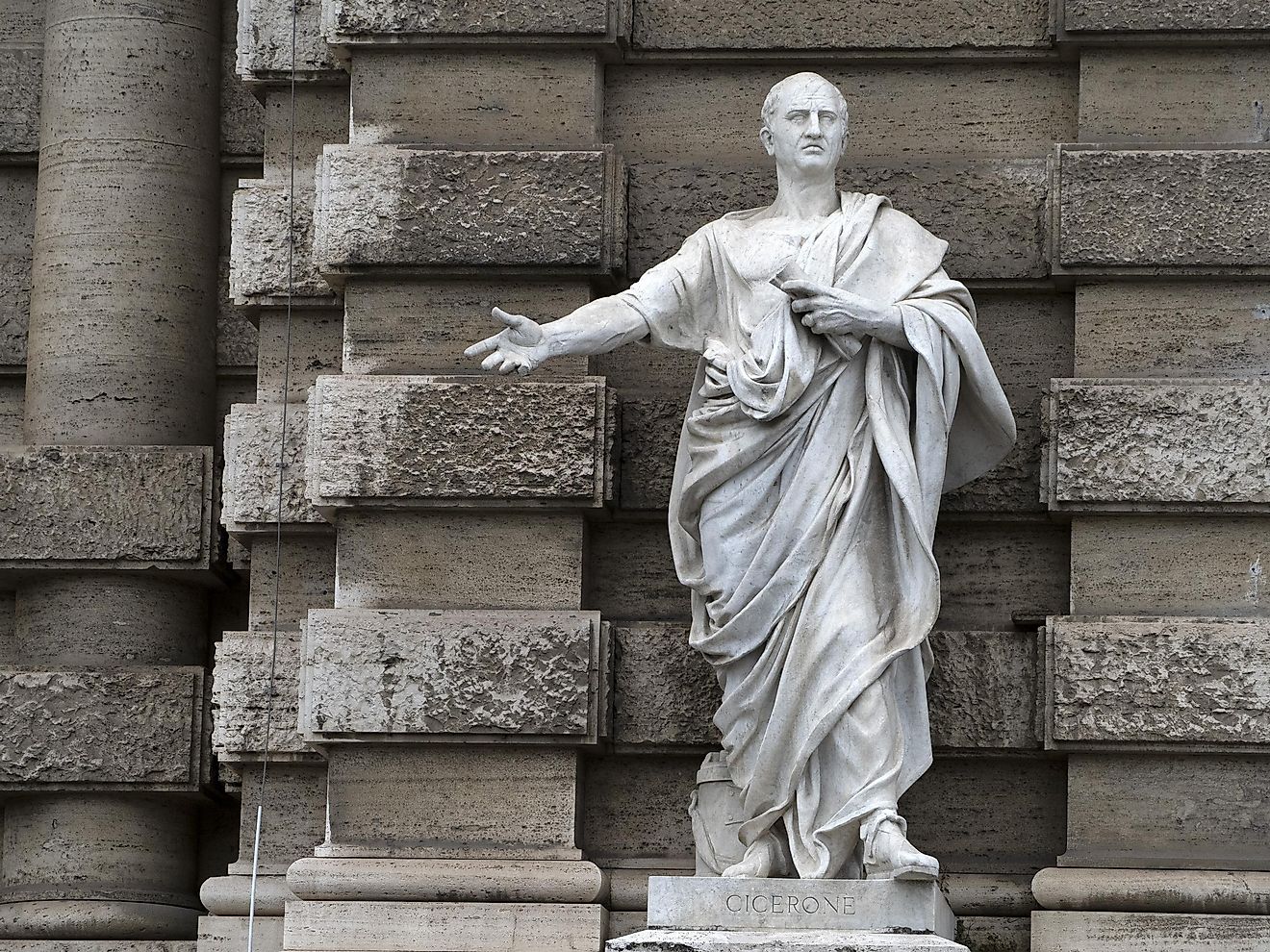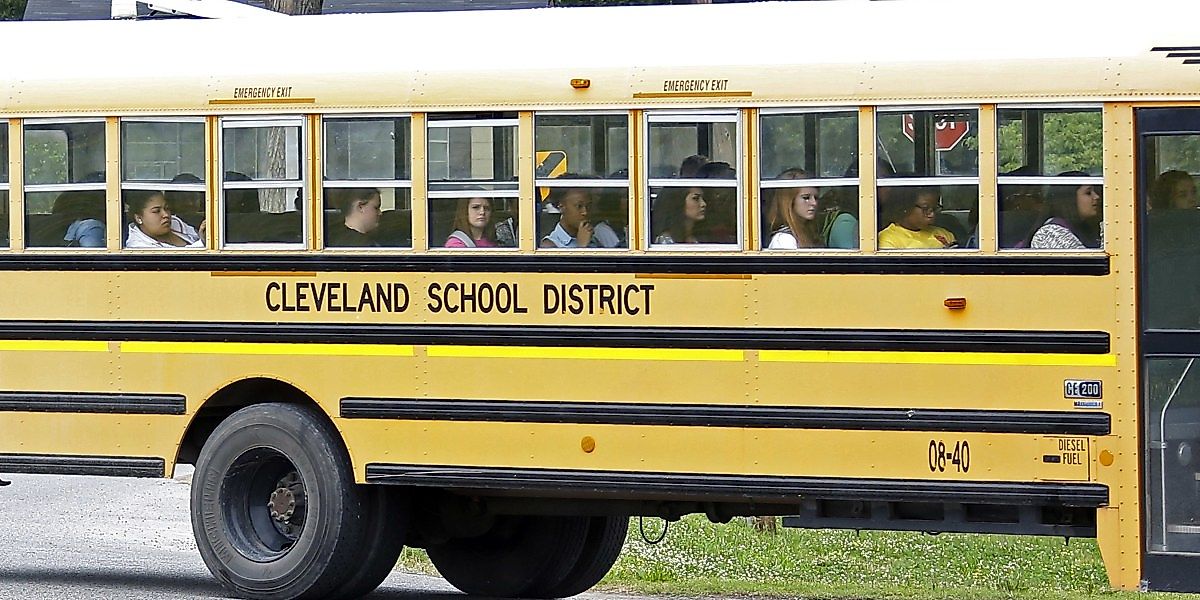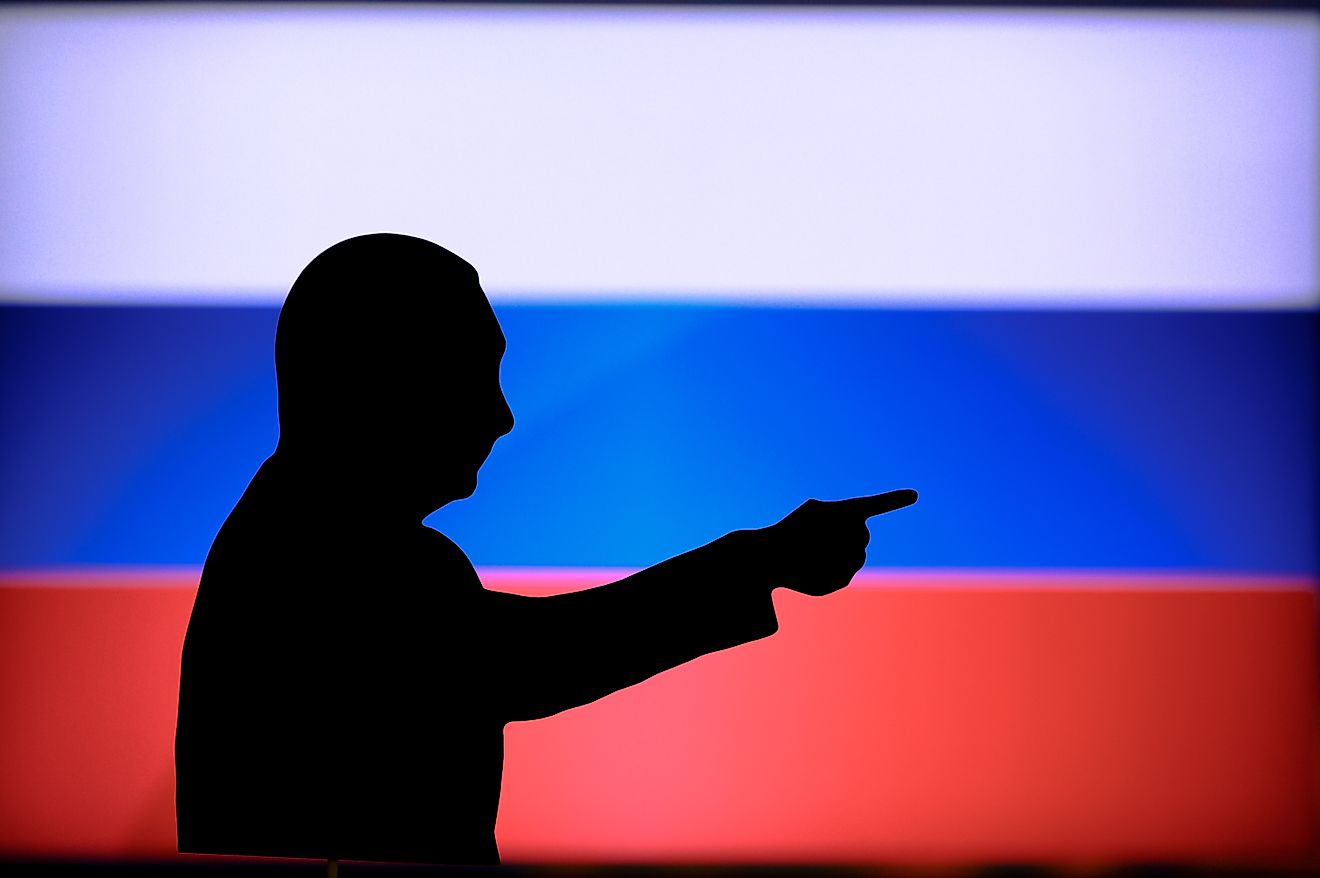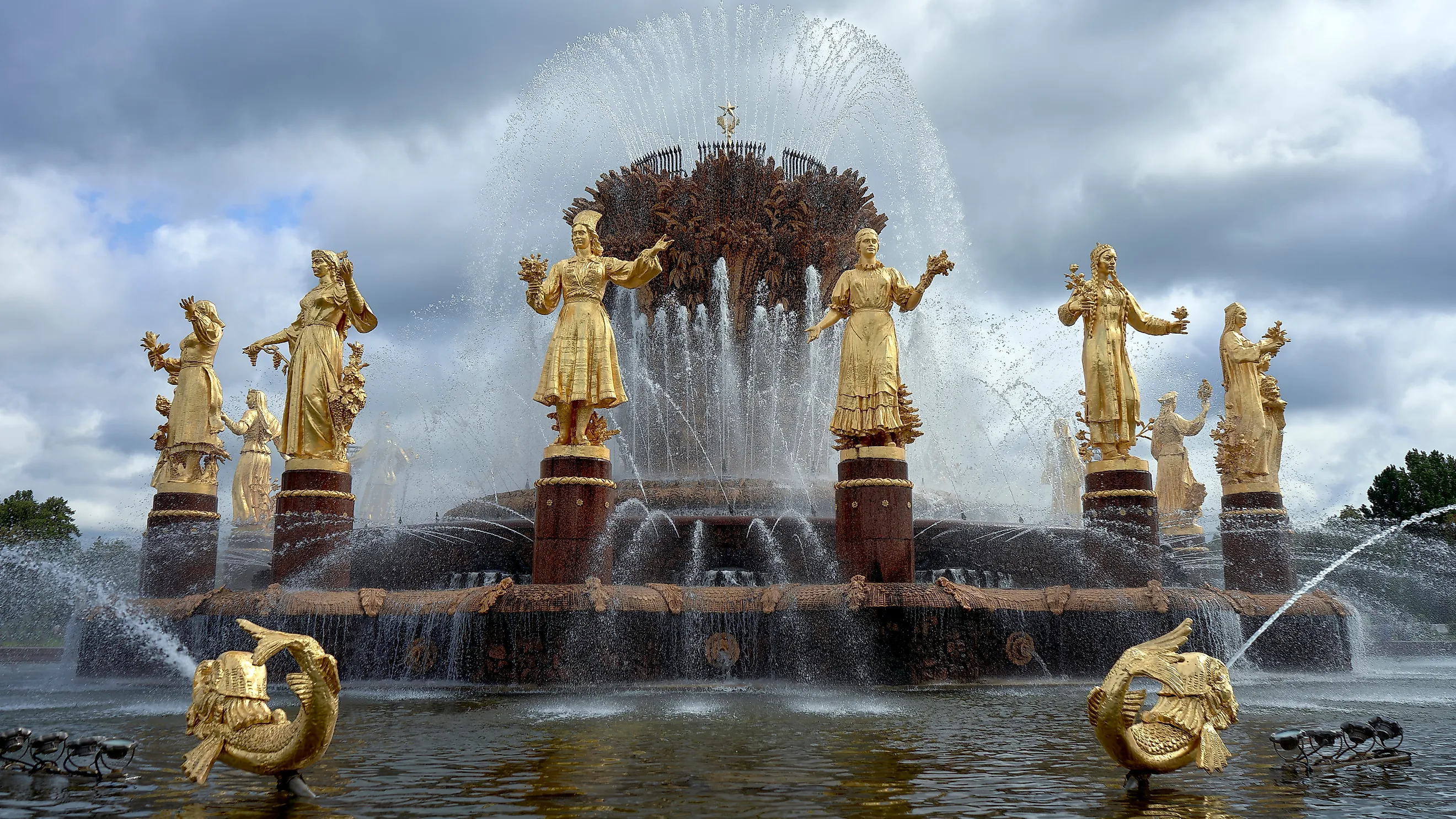
How did Stalin Transform the Soviet Economy?
While the Russian Revolution occurred in 1917, arguably the more profound change to Russian society occurred in the late 1920s and early 1930s. During this period, Joseph Stalin began to remake the Soviet Union. Through a system of collectivization, industrialization, and terror, the economy transformed from one that was essentially capitalist to one that was centralized and state-controlled. However, this came at an enormous economic and human cost.
Background
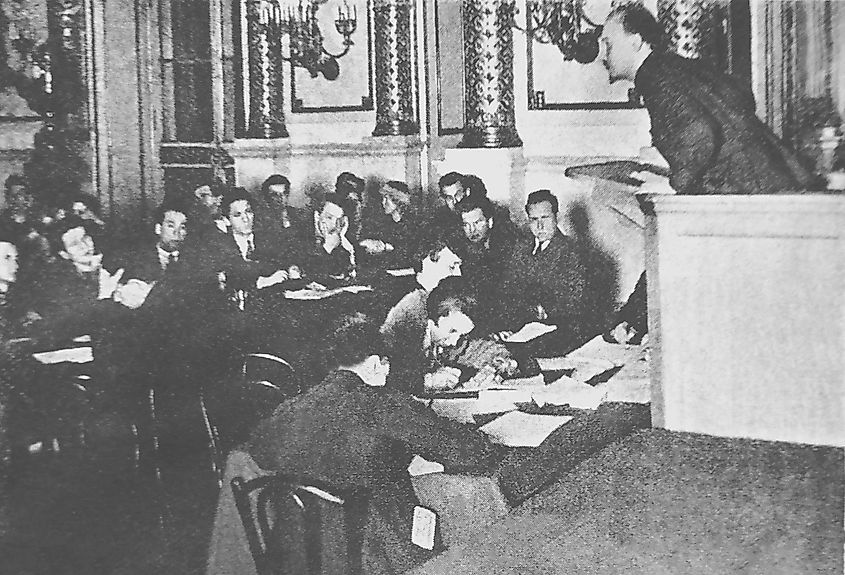
In the early and mid-1920s, the Soviet economy operated under the New Economic Policy (NEP). The NEP was a partial return to capitalism to promote economic growth in a country that had recently been ravaged by both the First World War and the Russian Civil War. The policy also had practical implications for the general secretary of the Soviet Union, Joseph Stalin. Indeed, by allying himself with right-wing members of the politburo who supported the NEP, most notably Nikolaĭ Bukharin, Stalin eliminated his left-wing rivals and secured his place in the Soviet government. However, by 1927 and 1928, with loyalists now in key positions of power, Stalin no longer needed the right-wingers, and he began to discuss ending the NEP to establish a more truly communist economy. This marked the beginning of Stalin's transformation of the Soviet economy.
The Five-Year Plans
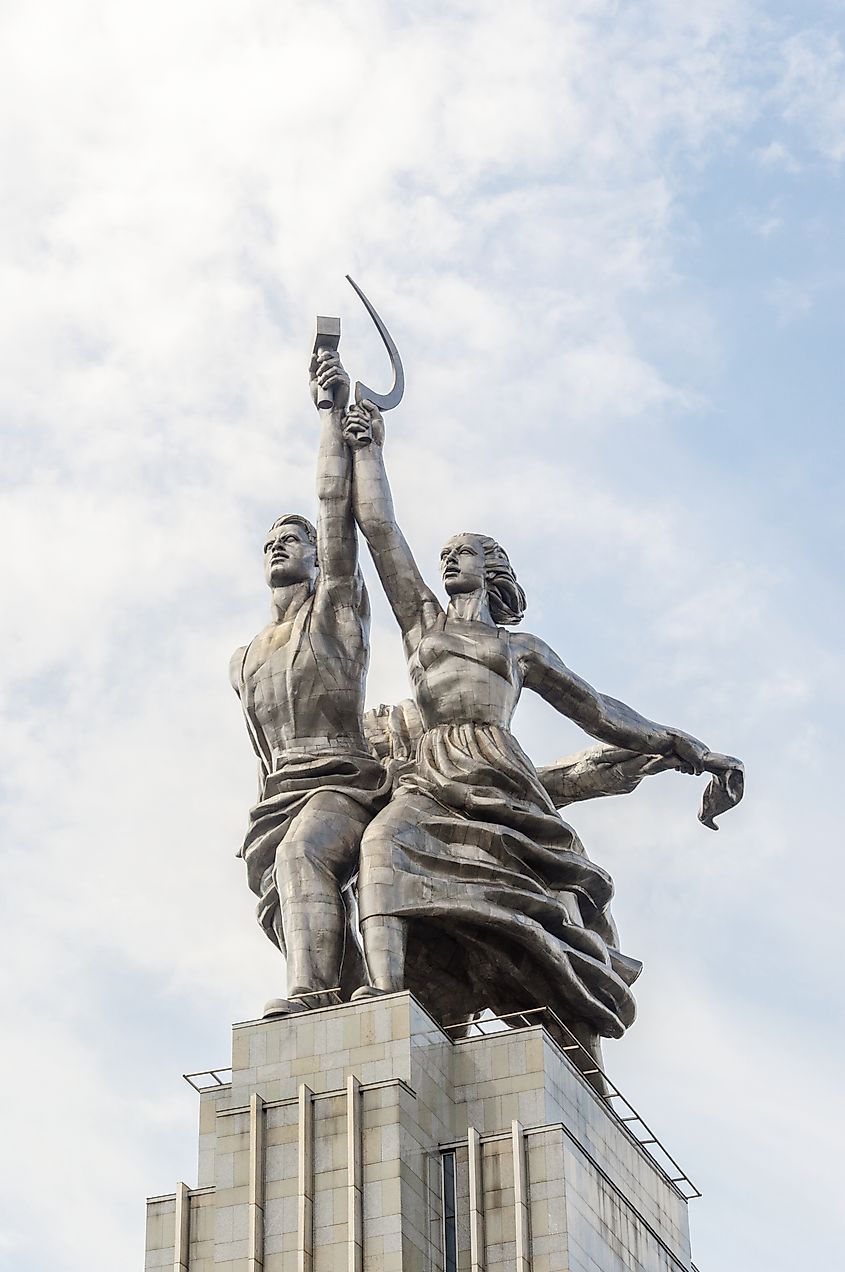
The first of a series of five-year plans was adopted in April 1929. The goal was to rapidly increase the Soviet Union's industrial capacity by nationalizing industry, collectivizing agriculture, and improving the military. This aligned with Stalin's theory of "Socialism in One Country", which asserted that the capitalist world's hostility to communism necessitated that the Soviet Union build up its domestic strength. His target was for industrial output to eventually increase by 200%, with 50% after the first five years. Total agricultural production was also supposed to increase by 120%. However, structural problems, paired with the ineffective implementation of the plans, made it so these targets were not achieved.
For instance, when creating something like a tractor, rather than the component parts being supplied due to their demand (as they would be in a capitalist economy), they were instead created in accordance with predetermined quotas. Since these quotas were rough estimates and often inaccurate, this meant that there were often shortages, making the whole production process grind to a halt and resulting in insufficient goods and products for Soviet citizens. Furthermore, since there was only an incentive to fulfill production quotas, this meant that the goods and products were of very low quality. When put together, all these factors meant that the Soviet economy simply did not work.
Soviet Farms

Despite opposition by the peasantry to the collectivisation of farming, which had succeeded in preventing this process for the first ten or so years of the Soviet Union's existence, this began to change in the late 1920s. Indeed, by January 1930, 55 percent of all peasant households were working on collective farms. By 1937, this percentage was over 90. There were two types of collective farms: the Sovkhoz and the Kolkhoz. The Sovkhoz were state-run, with farmers punching in and out to begin and end their shifts like factory workers. They were also paid depending on how many hours they worked. On the other hand, the Kolkhoz functioned collectively, with all the workers sharing the farm's profits. This theoretically meant that one could increase their profits depending on how productive the farm was. In practice, however, this did not occur. The Soviet government demanded a share of the harvest. Furthermore, the machinery required to operate the farm was also loaned out by the state, a loan which was often paid for in the form of 20 percent of the farm's yield. Moreover, poor transportation infrastructure meant that much of the harvest would rot before the quotas could be fulfilled. All this resulted in there being very little, if any, yield left for the farmers. As would be seen in places like Ukraine and Central Asia, this dysfunction, when combined with malicious intent, proved fatal on a mass scale-- with millions dying due to starvation in 1932 and 1933 in an event called the Holodomor.
Dekulakization
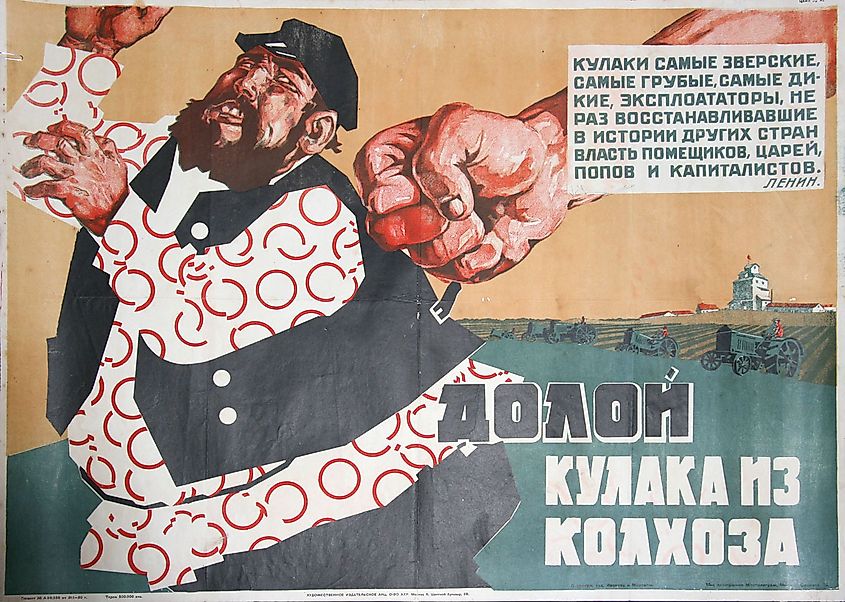
While most farms were collectivised by the late 1930s, many farmers still opposed this process. The Soviet government assumed that the richest and most successful of these farmers, known as Kulaks, were the ones who resisted these changes the most fiercely. For collectivisation to occur, the government believed it was necessary to eliminate the Kulaks. This was accomplished by deporting them or forcibly taking their property. In the beginning, a Kulak was often seen as someone with more than 800 dollars worth of property and who had hired labor for more than fifty days of the year. This definition soon expanded, with people being labeled "ideological" Kulaks due to resisting collectivisation. Dekulakization was enormously violent, with between one and four million people killed during this process. On top of the inherent dysfunction in the system, the process of enforcing collectivisation had its own human toll.
Legacy
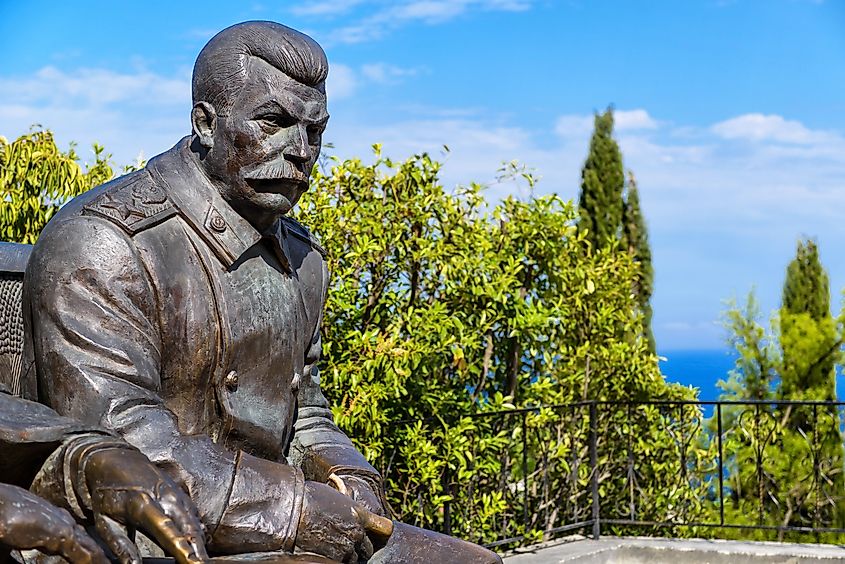
Once fully in power, Joseph Stalin transformed the Soviet economy. However, this new economy fundamentally did not work in the long term and was plagued by inefficiencies. Production lines often experienced bottlenecks, and when products could be made, they were often of very low quality. Agriculture was even more dysfunctional due to a combination of poor infrastructure and systemic problems. As would soon be made clear at the beginning of the 1930s, these problems often had deadly consequences.

